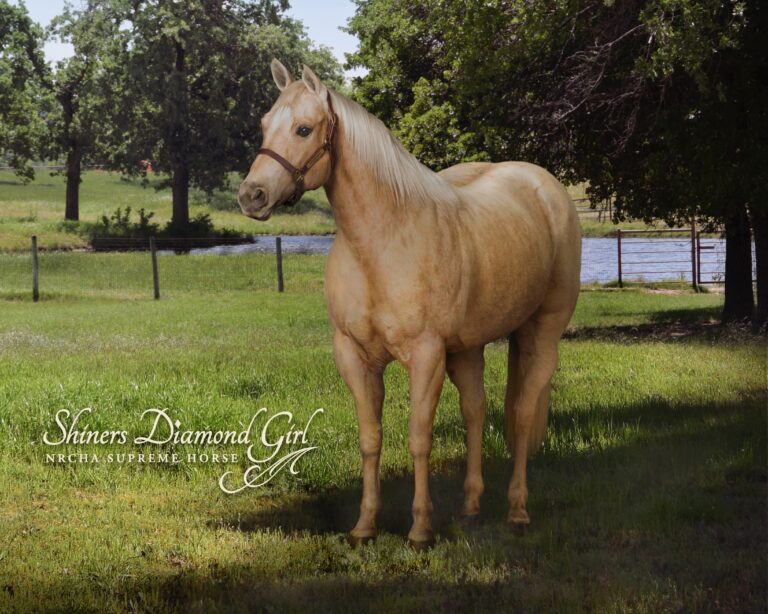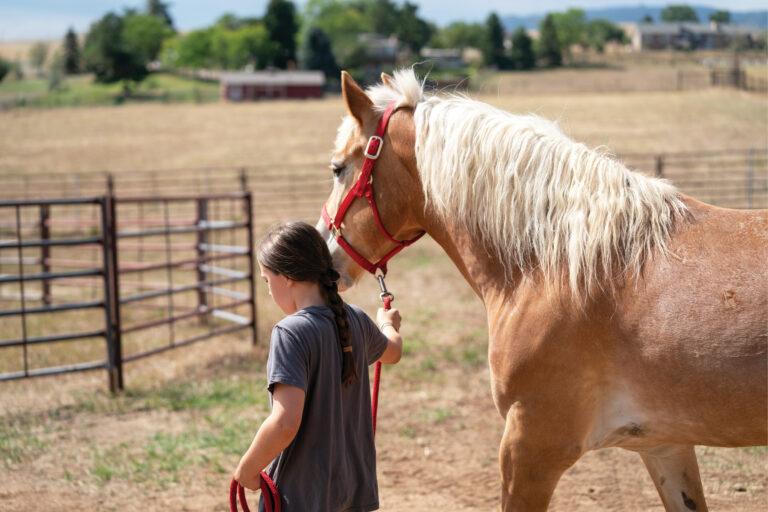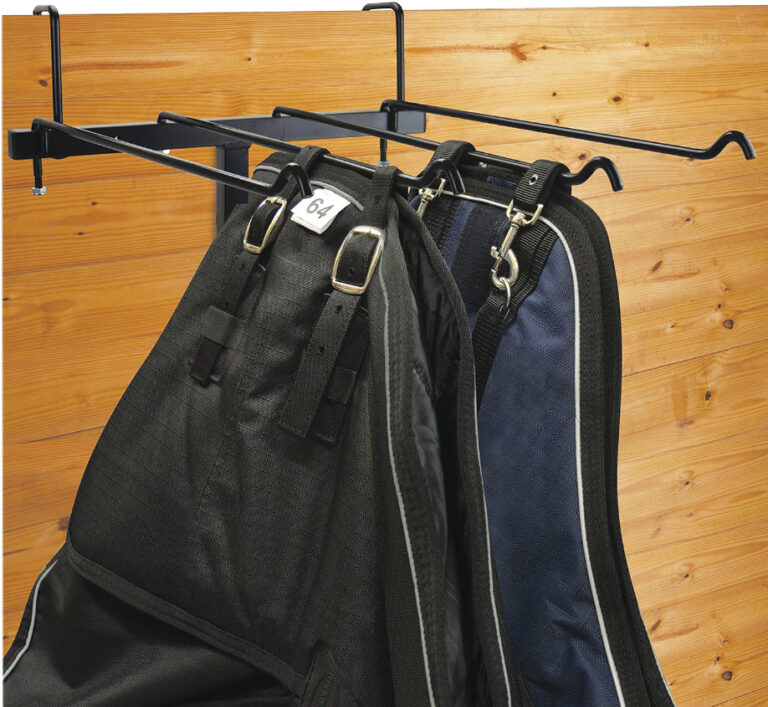Southeastern Utah is a tapestry of rich hues and a staggering assortment of textures. To the north, Manti-La Sal National Forest is a lush green of Ponderosa pines hugging mountains that stretch to 11,000 feet elevation. Farther south, the land contorts into ridges, plains, and canyons bordered by stern, towering rock walls pockmarked with caves and alcoves. In the bottom land, muddy creeks nurture necklaces of greenery and cottonwood trees.

Hidden Jewel
Blanding Bunkhouse, an Airbnb near the town of Blanding, is a hidden jewel for equestrian adventurers wishing to explore southeastern Utah. The facility is owned and operated by Lynn and Lynette Stevens. Lynn is a retired two-star general. He and Lynette specifically designed the facility for horse enthusiasts to enjoy. They say southeastern Utah is a wonderful place to stay year-round.

Blanding Bunkhouse offers five sites with hookups for living-quarters trailers/recreational vehicles, as well as The Bunkhouse, a private, beautifully decorated three-bedroom house with a full kitchen and large deck with a view. The Bunkhouse is ideal for folks traveling without horses or for those who don’t have a living-quarters trailer.
The facility sports a full-size arena and corrals. The corrals are spaced far apart so that your horse has no contact with other horses. Our campsite was near a corral with several shade trees and views of the northern mountains.
Lynette provides a guiding service; she’ll take you trail riding on your horse or hers. She gives riding lessons based on Buck Brannaman’s teachings and conducts a yoga class twice per week. The Stevenses have a herd of fine Missouri Fox Trotters from Alma DeMille, a Utah breeder of calm-gaited horses.
Getting to know Lynette was a real highlight for both of us. After years of riding in this area, she’s still full of enthusiasm and eager to discover what might be around the next bend or in the next canyon.
When asked what she enjoys the most about riding, the soft-spoken Lynette said the West is in her heart. She admits to a wanderlust for outdoor exploration. She loves meeting people from all over the United States and showing them magnificent scenery they’ve only imagined in their dreams.
Ancestral Puebloans
Riding the canyons of southeastern Utah, you’ll see signs of the Ancestral Puebloans (also referred to as Anasazi), whose rock dwellings were hidden in alcoves and ledges or perched on promontories. In roughly 700 to 1200 AD, around 100,000 Puebloans flourished in the Four Corners region.
Before riding these canyons, we strongly suggest that you visit the Edge of Cedars State Park in Blanding. The information on the ancient Puebloans that you’ll learn will enrich your canyon-riding experiences. It’s mind-boggling what this early civilization created and accomplished using only tools and materials from their surroundings.
Read More: Ride the Grand Canyon
Arch Canyon
For our first ride, we trailered to Arch Canyon Trail #002. To reach the trailhead, take State Rte. 95 west. After you reach the junction of State Rte. 95 and U.S. Rte. 191, go 14.3 miles, and look for the right-hand turn to Arch Canyon. Take this good gravel road 2.4 miles until you see a small sign for Arch Canyon. Turn left, and travel about a quarter of a mile to a parking space. This last quarter of a mile is a rough road and not recommended for living-quarters trailers. Drive through the gate, and you’ll be on Bureau of Land Management land.
The ride up Arch Canyon was a visual delight, with rock walls on both sides of us stretching several hundred feet high. Scattered rock towers grabbed for the sky. Golden eagles with six-foot wingspans floated lazily on air currents, waiting patiently for a careless hare or scurrying rodent. Pinyon pines, juniper trees, and stately Ponderosa pines added random dashes of green to the reddish-brown cliffs. We kept an eye out for ruins, which are usually found on south-facing slopes to catch the morning sun.
The route follows an old rough road. We didn’t see any motorized vehicles but did see several hikers. Early in the ride, we came across a fairly large ruin that was fenced off to provide protection from roaming cows. This is an interesting stop! Tie your horse, and explore the ruins and petroglyphs on the walls.
Outside the fence, you’ll notice a large boulder. On top of this boulder, you’ll find a number of grinding holes called morteros. These were used by the ancient ones for grinding plant products, such as corn and beans. Imagine the time and energy it would take to hand grind holes into rock!
Recapture Canyon
Our second ride was to Recapture Canyon, which is close to town. This is a tranquil, nonmotorized trail through a mystical canyon. The trailhead is unmarked, and the trail is unclear in many places. It would be best to have Lynette guide you on this ride. Not only will she guide you through the canyon, she’ll also have a trailer waiting on the other end, providing a point-to-point ride.
Lynette led the way across an open flat on her 14-year-old Missouri Fox Trotter named July. After the flat, we descended into the main canyon via a small side canyon that had tiny ruins tucked under its rim. This canyon has a fair amount of water with a number of water crossings and several beaver dams.
As we rode along, Lynette pointed out several ruins that are easier to see during south-to-north travel. She also showed us an old cowboy corral left over from an early attempt at cattle ranching. After a picnic lunch, we scrambled up a hillside to a cliffside ruin hidden under a rock overhang and sheltered by juniper trees.
One fascinating feature of this region is cryptobiotic soil. From horseback, it’ll look like large, dirty clumps of popcorn. This soil is composed of living organisms, such as fungi and lichen, which serve to stabilize the soil. Cryptobiotic soil takes two years to form and can live for many decades.

Fish Creek
Our next ride was to the Fish Creek Canyon Wilderness Study Area. This non-motorized ride provided a real wilderness experience. To get there, take State Rte. 95 as you did to go to Arch Canyon. Just before the Arch Canyon turnoff, turn left to Fish Creek. The trailhead for Fish Creek is about 9 miles down. This is a good gravel road, but it’s not suitable for long living-quarters trailers. Stay on the road; don’t drive off the roadway. The surrounding sand can be soft and deep; many vehicles have gotten stuck.
After about 9 miles, the turnoff for Fish Creek comes in view. The turnoff is marked by a sign and kiosk where you pay a $5 per day per person use fee. You can park here or continue down the side road for a half mile to a turnaround and set of corrals. You’ll see a trailhead sign here. Here, we saw a driver who had illegally driven a pickup in and was stuck in deep sand. A wrecker was trying to pull him out, but the operator doubted he would succeed.
The trail up the canyon is in fairly good condition, running level with the canyon and at times following the creek bed. The first ruin we saw was on the right and looked like a small castle with windows. Access to this ruin was difficult because of brush and a steep-banked creek.
Shortly after the first ruin, we came upon a fairly large ruin on the right. This is a worthwhile ruin to explore out of the saddle. The ruin is made of several compartments under a large alcove. It’s a ruin with a view. Unfortunately, while we were at the ruin, we didn’t notice the handprints on the wall above us. Later, when we zoomed in on our photos, we could clearly see the handprints. It appears that ancient people held their hands on the wall and splattered something like wet white clay around them, leaving outlines. Be sure to see them close up; they are quite unique.
Continuing up the canyon for about another 5 miles, we spotted small ruins, rock towers, and more than our daily quota of outdoor beauty. During our off-trail explorations, we found pictographs and petroglyphs on rock walls. A storm appeared to be coming in, so we hurried back to the trailhead. It isn’t advisable to drive these dirt roads in rain as some of them can quickly become impassable.
Secret Ruin
Our last ride was a memorable one to a secret ruin few people know exist. Once again, Lynette guided the way. We cannot disclose the location of this site to preserve its unique integrity. Some places may never be seen, but knowing they still exist can give us great satisfaction.
Lynette’s secret ride was an equestrian treat. She led us down into a canyon and cross-country. During lunch, Lynette talked about a sense of peace she gets from horses and how riding makes her feel connected to the earth.
Near the ruin, we could see shards of pottery on the ground. Even though the Ancestral Puebloans had to work very hard to survive, Lynette felt that they expressed joy in creating uniquely beautiful pottery and artifacts.
After lunch, we explored the well-hidden ruin. Above the doorway, there were small corn cobs pressed into mud mortar for decoration. On one wall, we saw two footprints and swirling lines. These ancient home builders wanted their rock houses to be personalized and decorated. We felt fortunate that Lynette shared this with us.
Canyon Trails Ranch
If you enjoy riding the canyons of southeastern Utah and exploring glimpses of long-ago civilizations, then you might also be interested in the 250-acre Canyon Trails Ranch in McElmo Canyon approximately 60 miles east of Blanding and 11 miles from Cortez, Colorado.
The ranch’s campground is described as a place of solitude. And that’s true! It has corrals, water, electricity, and a bathhouse. You can even sleep in an authentic shepherd camp wagon that has a full bed, Dutch doors, and windows.
The folks at Canyon Trails have one of the few permits for a special piece of BLM property adjacent to their ranch. They can give guided tours to little-seen, fairly pristine ruins.
From here, you can ride in the Canyon of the Ancient National Monument, which encompasses more than 174,000 acres of federal land administered by the BLM. The trailhead to three separate rides is about a half mile from Canyon Trails Ranch.
We rode two of these trails; during those two days, we counted around 20 ruins and saw one large rock arch. These were some of our most favorite rides, and we’re sure they’ll provide you with lifelong memories that will make you smile.






